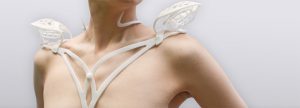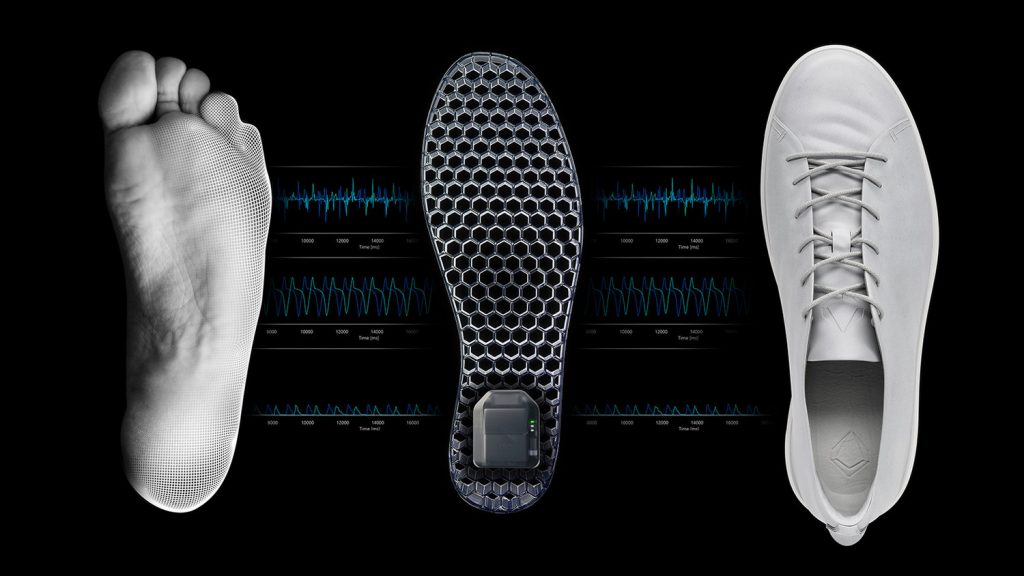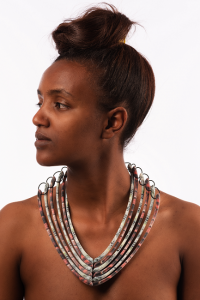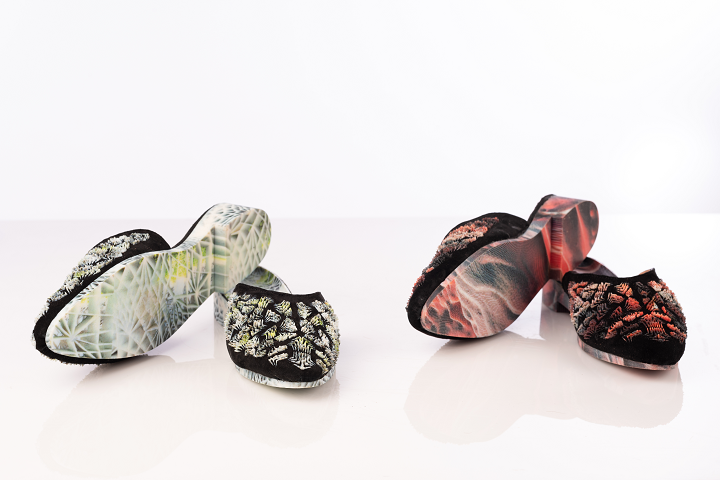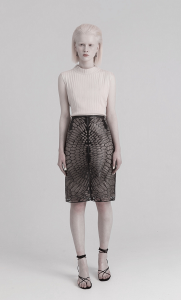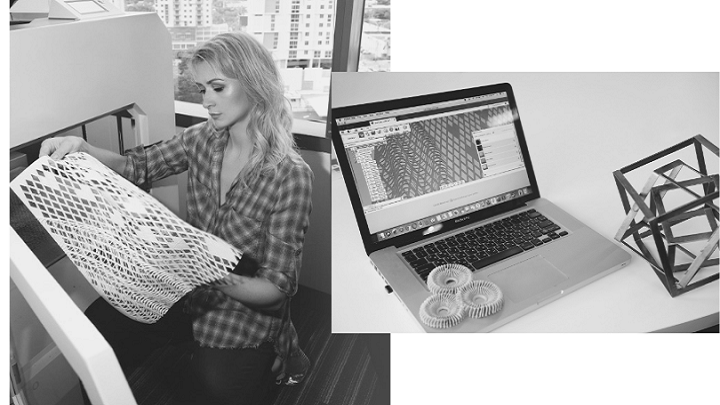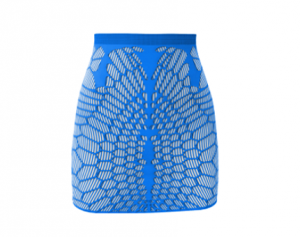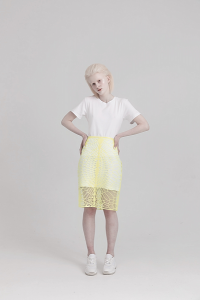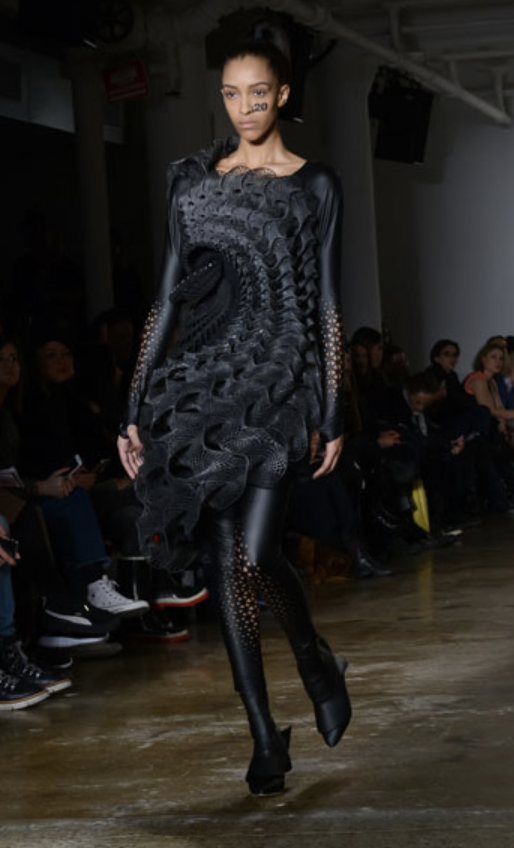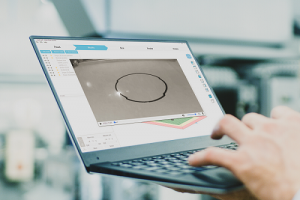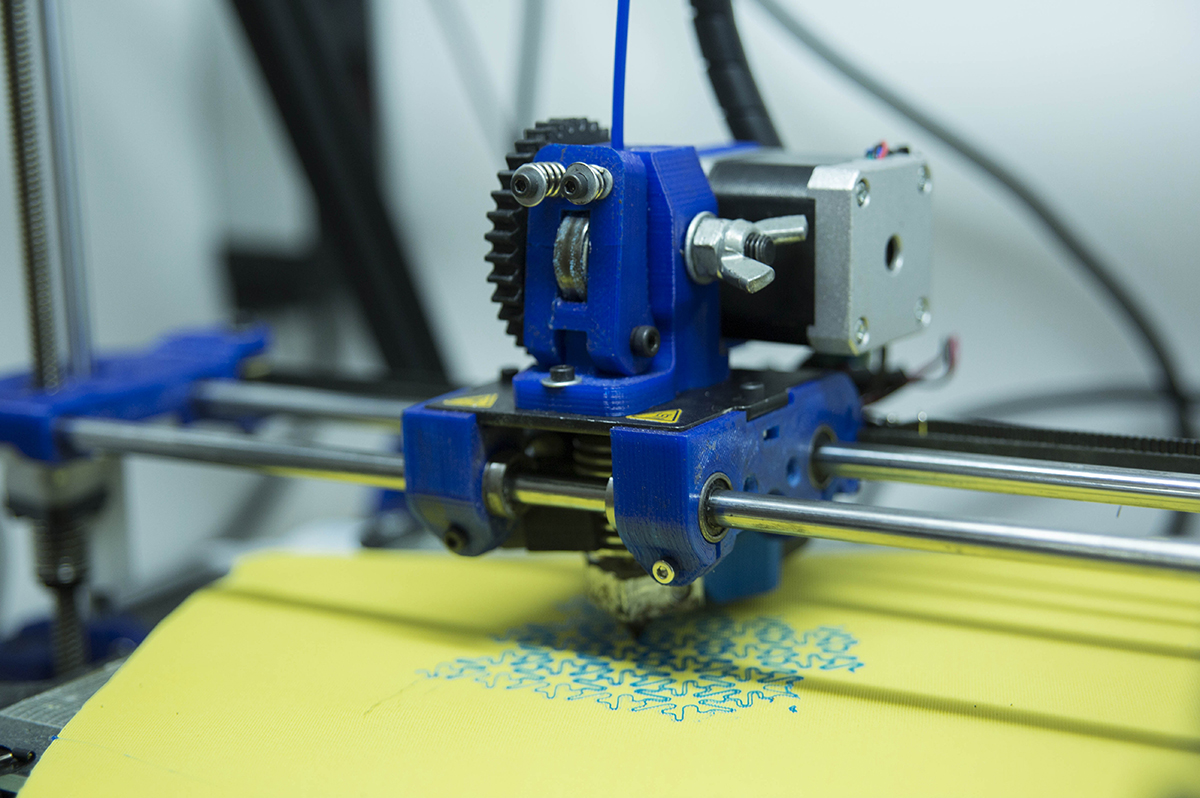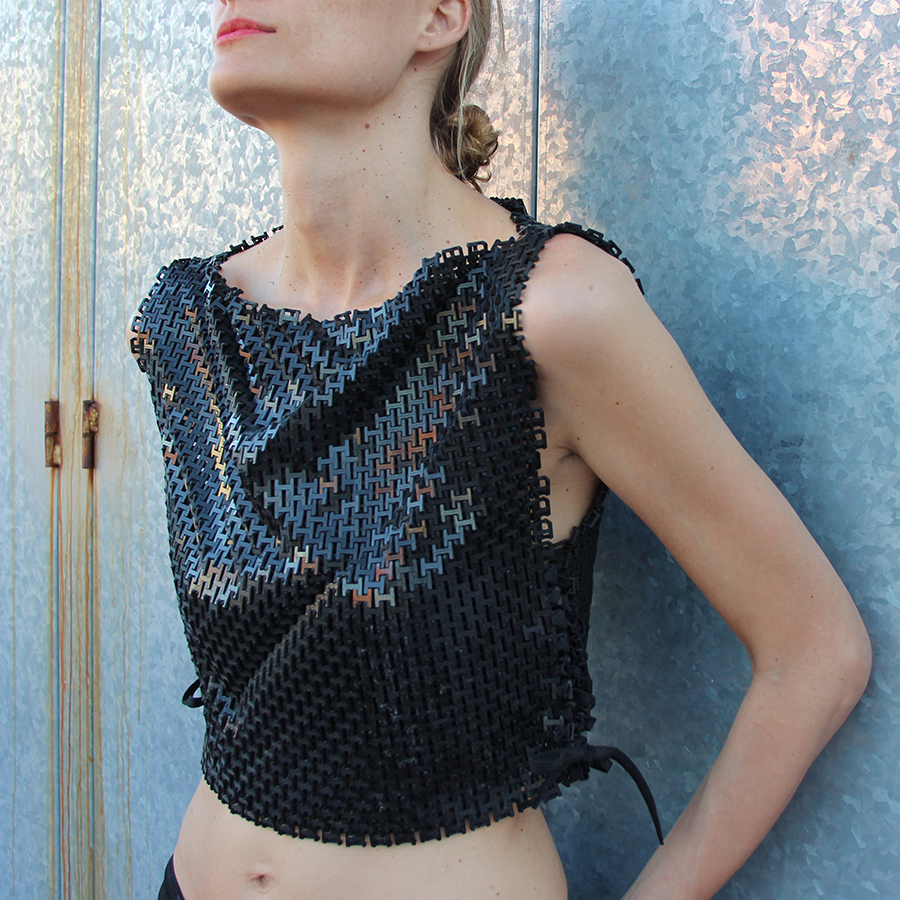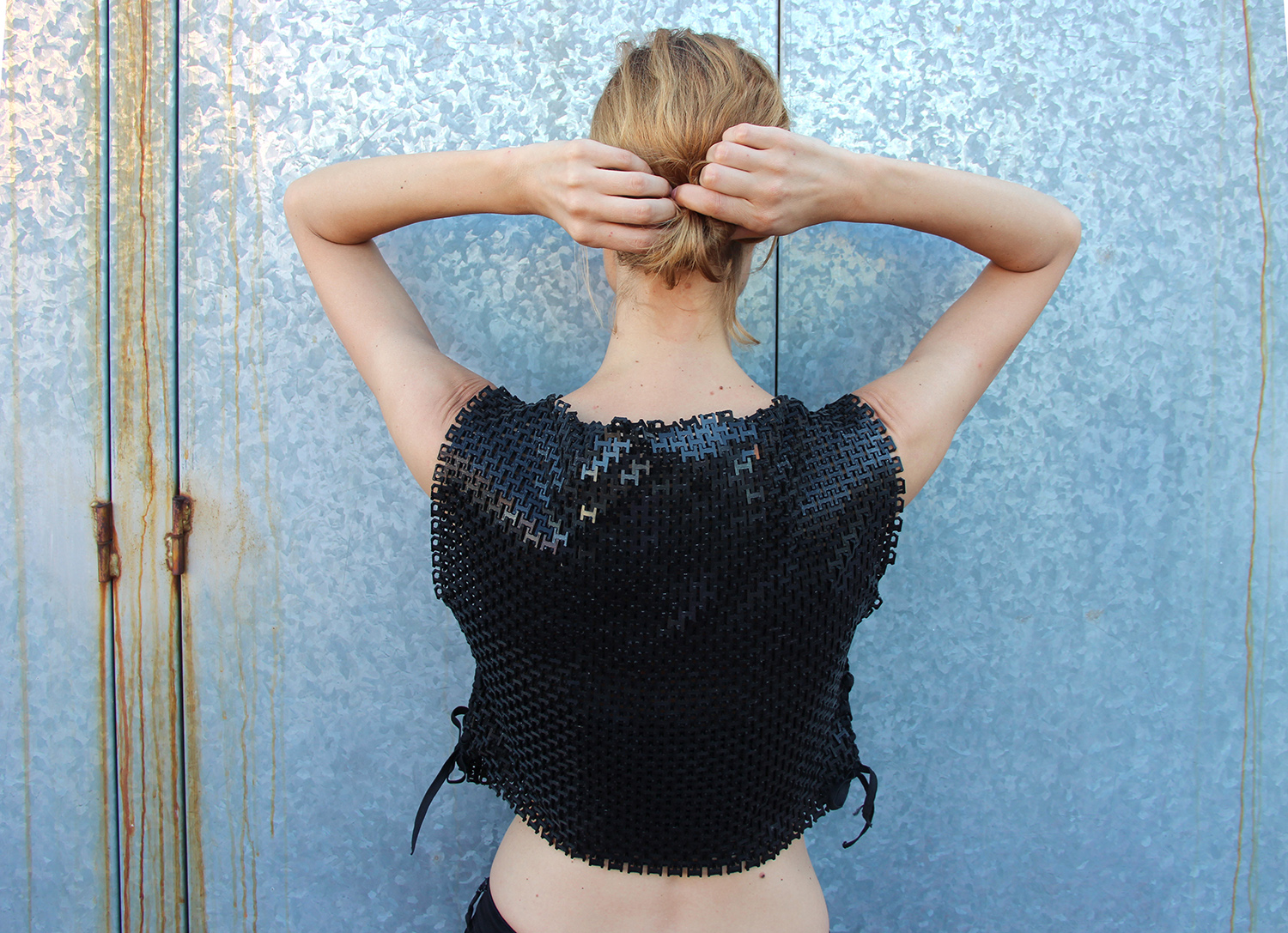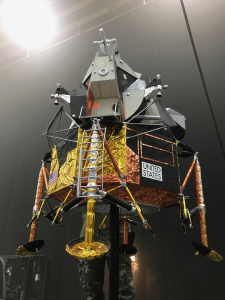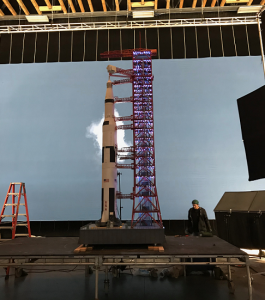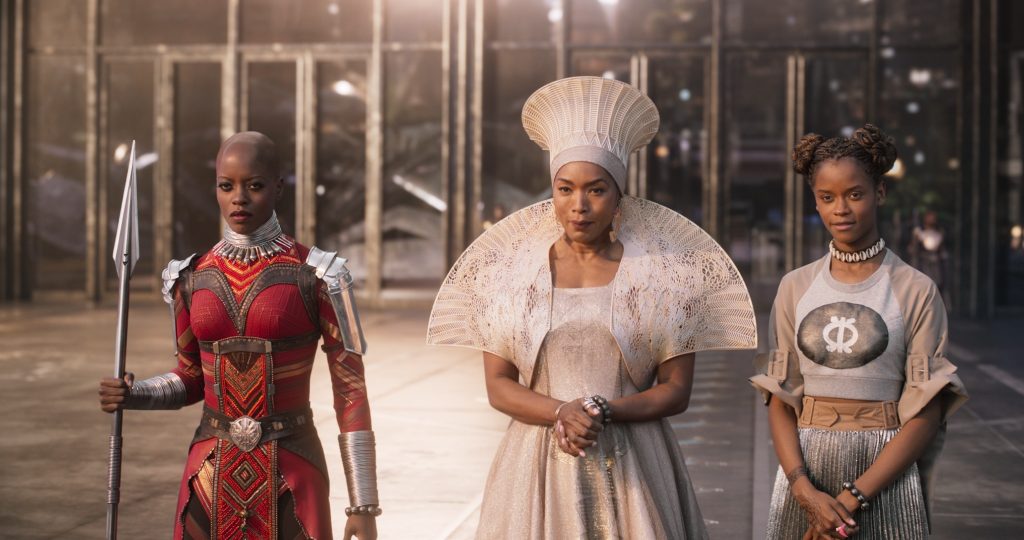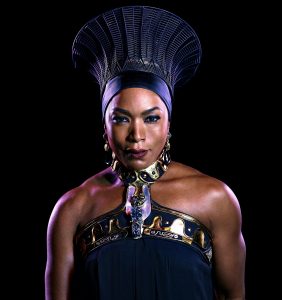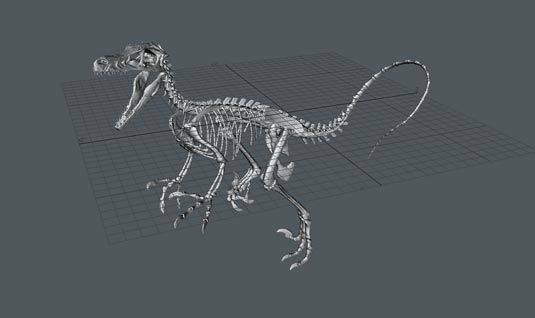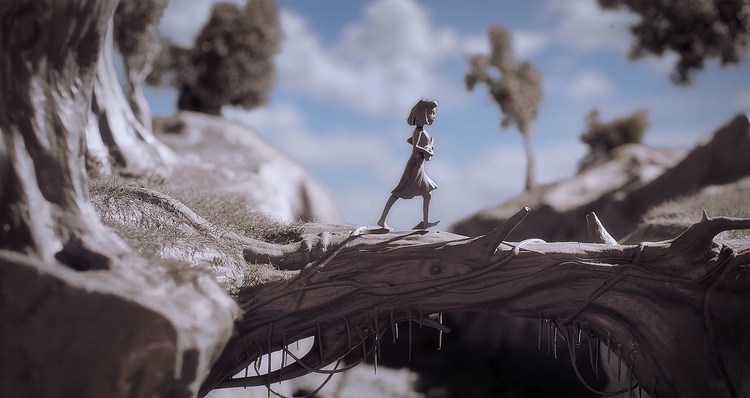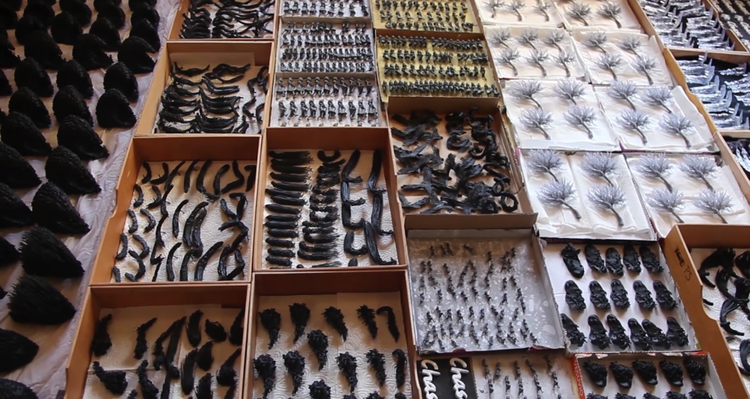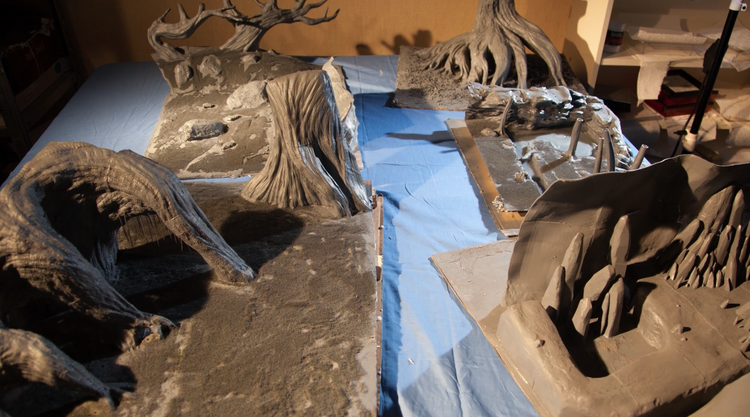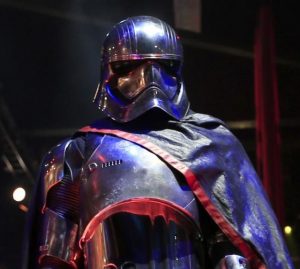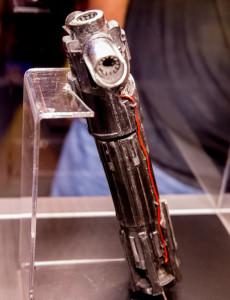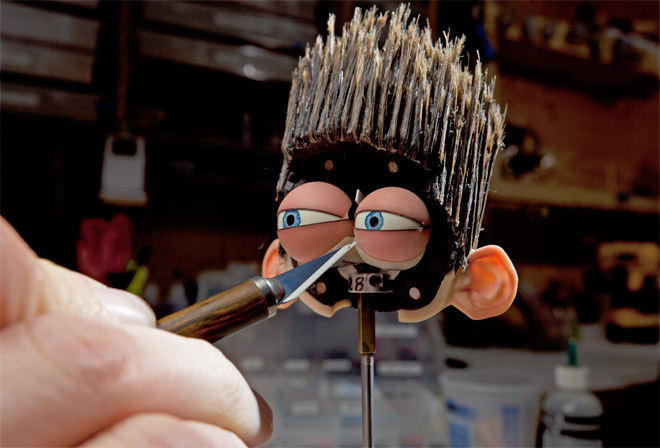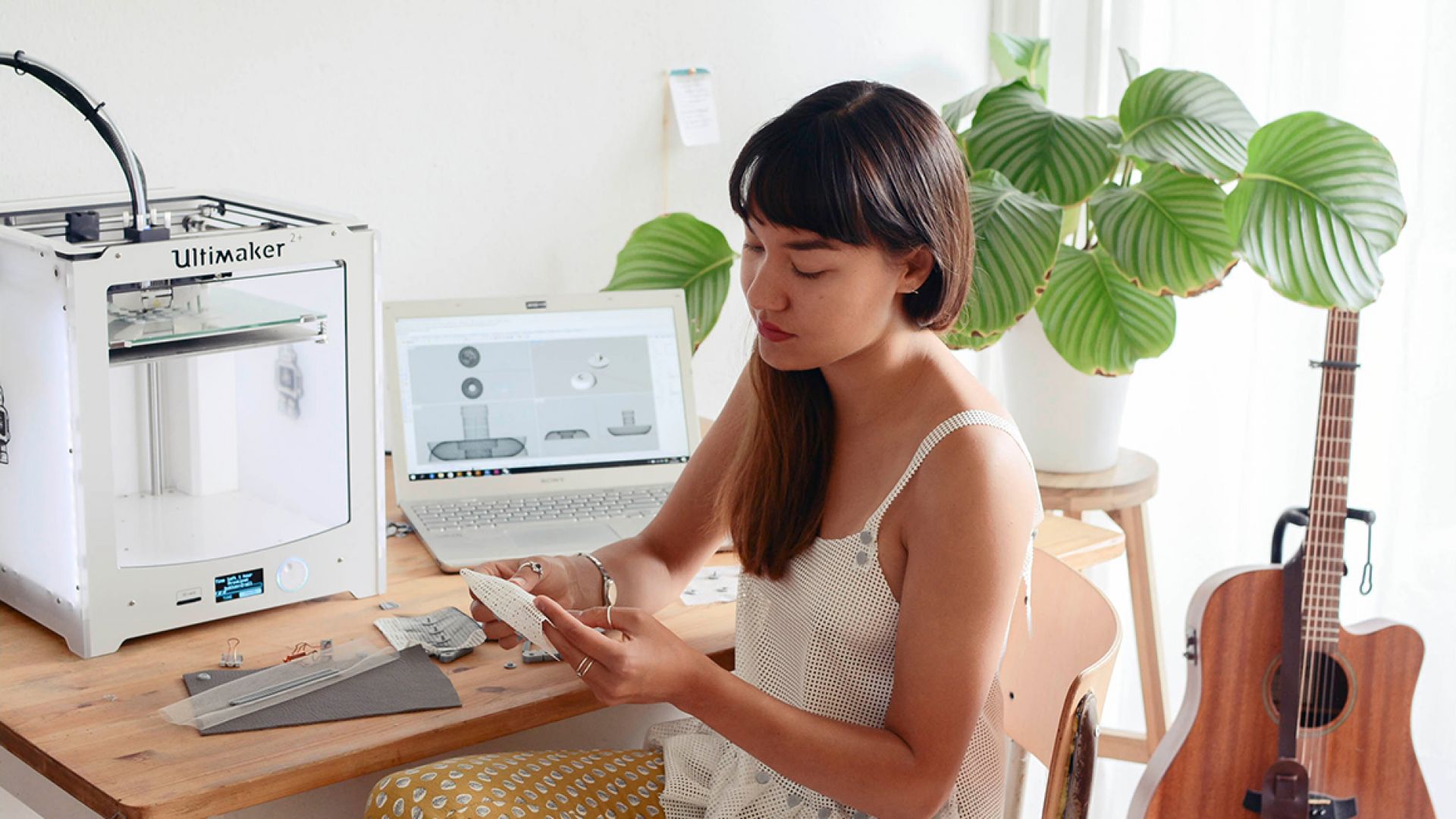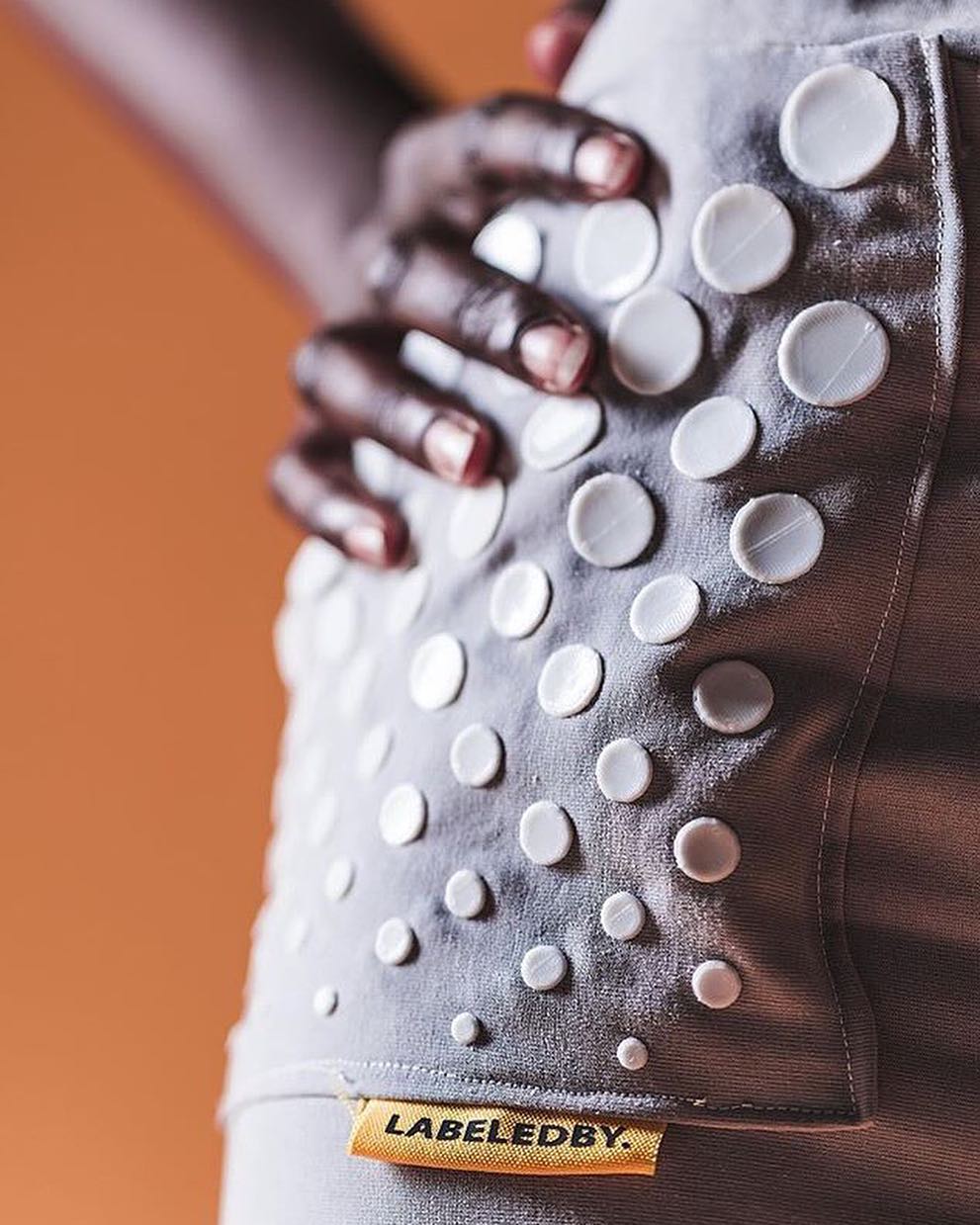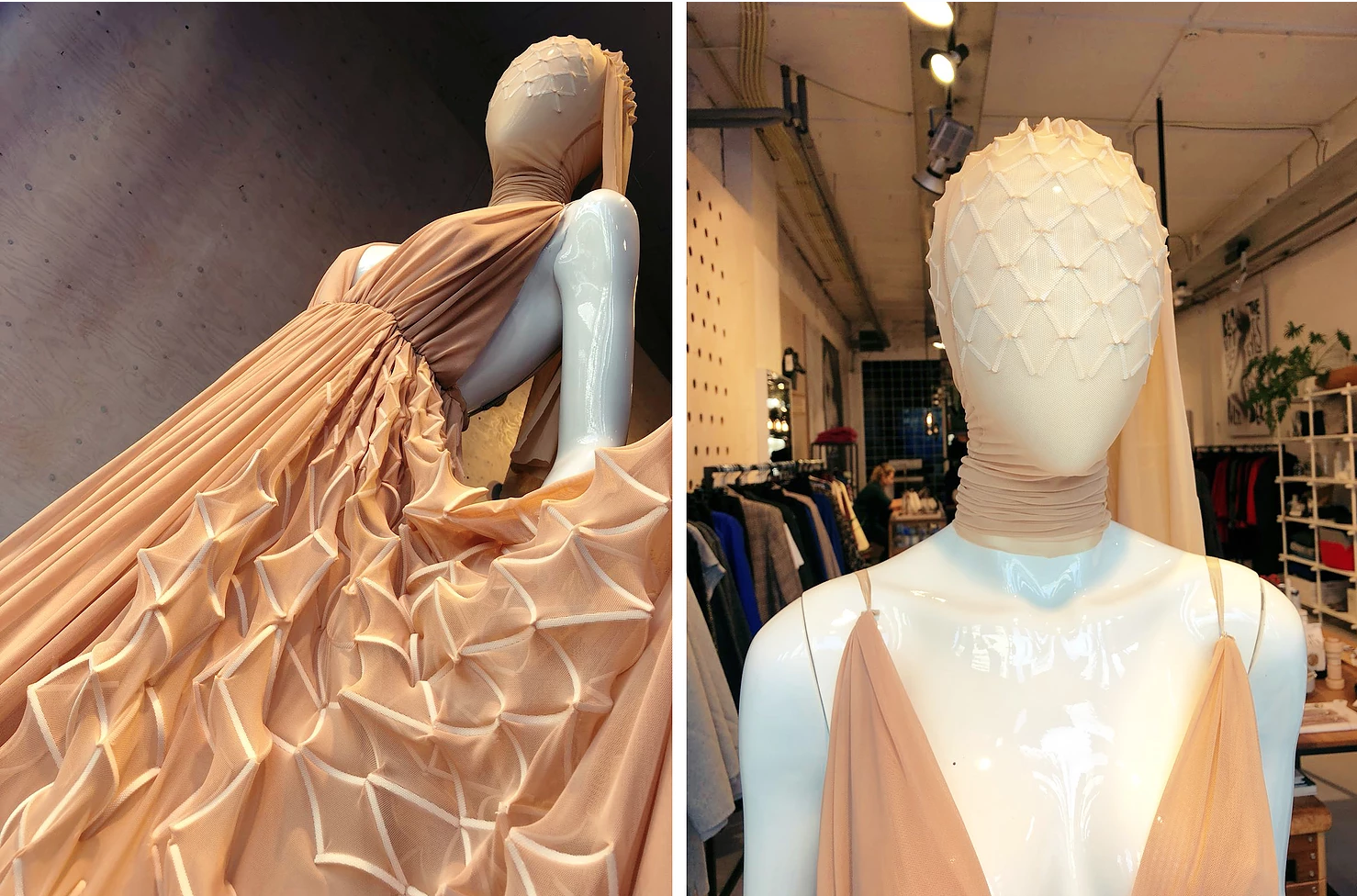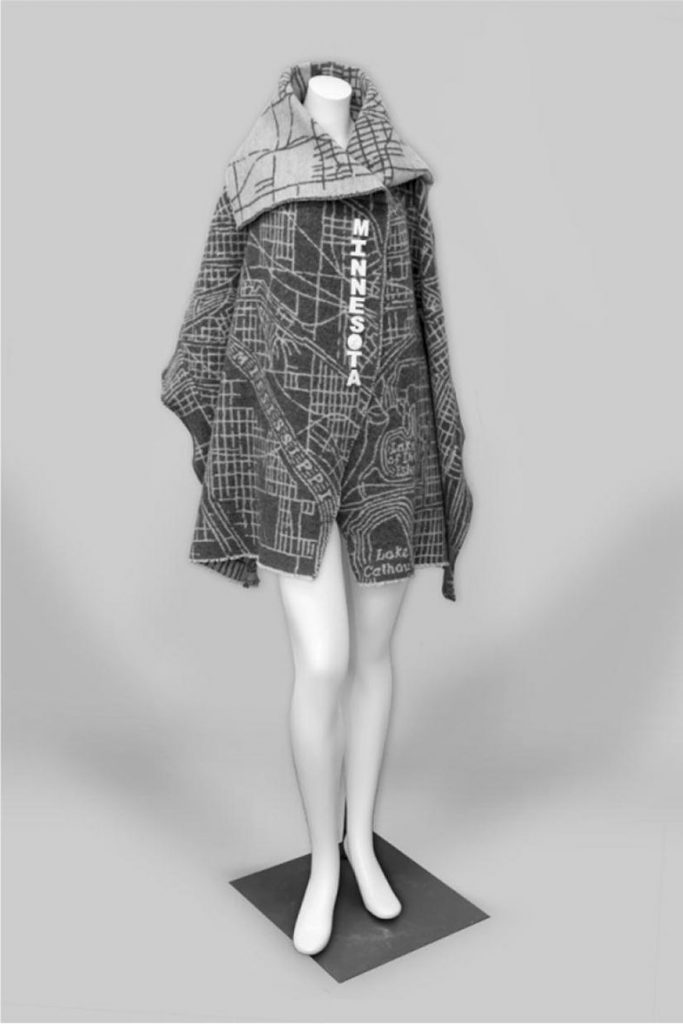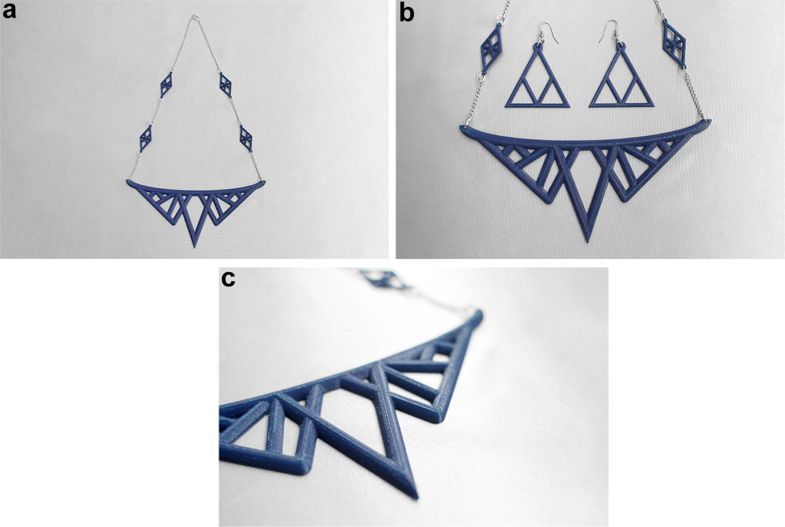Aaron Trocola is an Industrial designer and consultant specializing in product development using additive manufacturing processes, often leveraging 3D data for customization, and especially in the context of the human body. His early work in developing visualization systems for 3D display and surgical simulation tools has transferred well to product design, where additive manufacturing (3D printing) brings opportunities for efficient and cost effective development of products as well as creative freedom. He is a tech and fashion innovator who has a lot of great experience that he applies to various work he does currently within the field. He currently works as a 3D printing consultant to the Brooklyn Fashion Design Accelerator as well as independently on his Threeform Fashion which he has been doing for over eight years.
Tell me about your background.
I am an industrial designer. I come from a product design background. I specialized in 3D printing. In particular, I focused on organic 3D printing. I found a niche on wearable tech and 3d printing. The adaptation of wearable tech pieces was around 2009. I then started to work on body scanning stuff. I worked at a 3D display company back then. I then worked on some haptic devices. I was able to learn a lot about computer graphics and 3D printing. 2011 I worked on laser sintered nylon pieces. Shapeways made it possible back then. I was able to get a lot of those pieces and then was invited to see multiple fashion shows after that. A lot of those shows are really experimental. I work on experimental pieces to develop and validate the technology with geometric models. I focus on things that are not usable for consumers at the moment.
What is the barrier to future use?
What is the goal? We can not compete with cloth. 3D printing is the contact point between industrial made products and more organic items. We are able to gain a lot of control with 3D printing. For me I see the utility in making elegant packaging and assembly. I have a couple talks about the arrangement of wearables, technology, and apparel. Implants, things stuck to the surface of the skin, backpacks, belts, etc. There is the benefit in static layers. MRI data can help us gain amazing data for 3D design. One can now make patches and different items within clothes. We want to integrate tech and clothes seamlessly. It is not necessary to over do technology within clothing. Price is very important. We do have stretchable material, but they are not as durable. It is still important to focus on re-usability.
Who are people to pay attention to in 3D printed fashion?
Top names already have their rising star moment. It seems to be most people in the field are only doing one off projects. I think more organizations are doing the work. Most of these people have to link up with a research institution. A lot of the stuff that is done must be done with some company whom will work on IP protection.
Iris van Herpen is a Dutch designer to look into. She worked her way up in terms of making a bunch of pieces for a collection. In 2011 she worked with Materialise. She does not do modeling, but she has a bunch of skill in drawing and materials.
Why are dresses the focus in 3D printed fashion?
Social media. Fashion is such a huge industry. It is 4 trillion dollars. If you are to add fashion media it is immense. Anyone who has flipped through a fashion magazine is able to compare items and what we see in the magazine. Nothing is really made with real clothing. One can make a random scarf and make it look amazing. One can use a refined piece within 3D printing. This allows for some pieces I have made to be used. Heidi Lee is able to put a lot of stuff on social media for example of my work. We should not really focus on 100% 3D printed things such as a full dress. We shouldn’t think of replacing fibers made through plants. We are going to have to wait for more molecular modeling.
I think synthetic biology is the future for materials within 3D printing and fashion. What do you think?
I agree. It is important to mimic biology. With 3D printed scaffolds that is a great direction to go. Being able to manipulate structure is highly important. I would like to see what people do with bio-printing and other interesting proteins that could help bind and cross linked molecules. There is a lot of potential. Current textiles are focused on biological processes. I think what we will see continual development that starts with mechanical assembly of traditional styles. Next steps focus on mechanical assembly of garments. Most of the impact will be in shapes that are made differently. Fast fashion will be a big play for this. 3D printing will be able to break into that particular field. Fast fashion electronics are such a huge thing as well.
What are some things that are important for the field?
We need to digitize the body. Everyone should have a 3D scan done. This will allow us to be able to have info that can be a volumetric image of our body. This allows us to have custom fashion.



